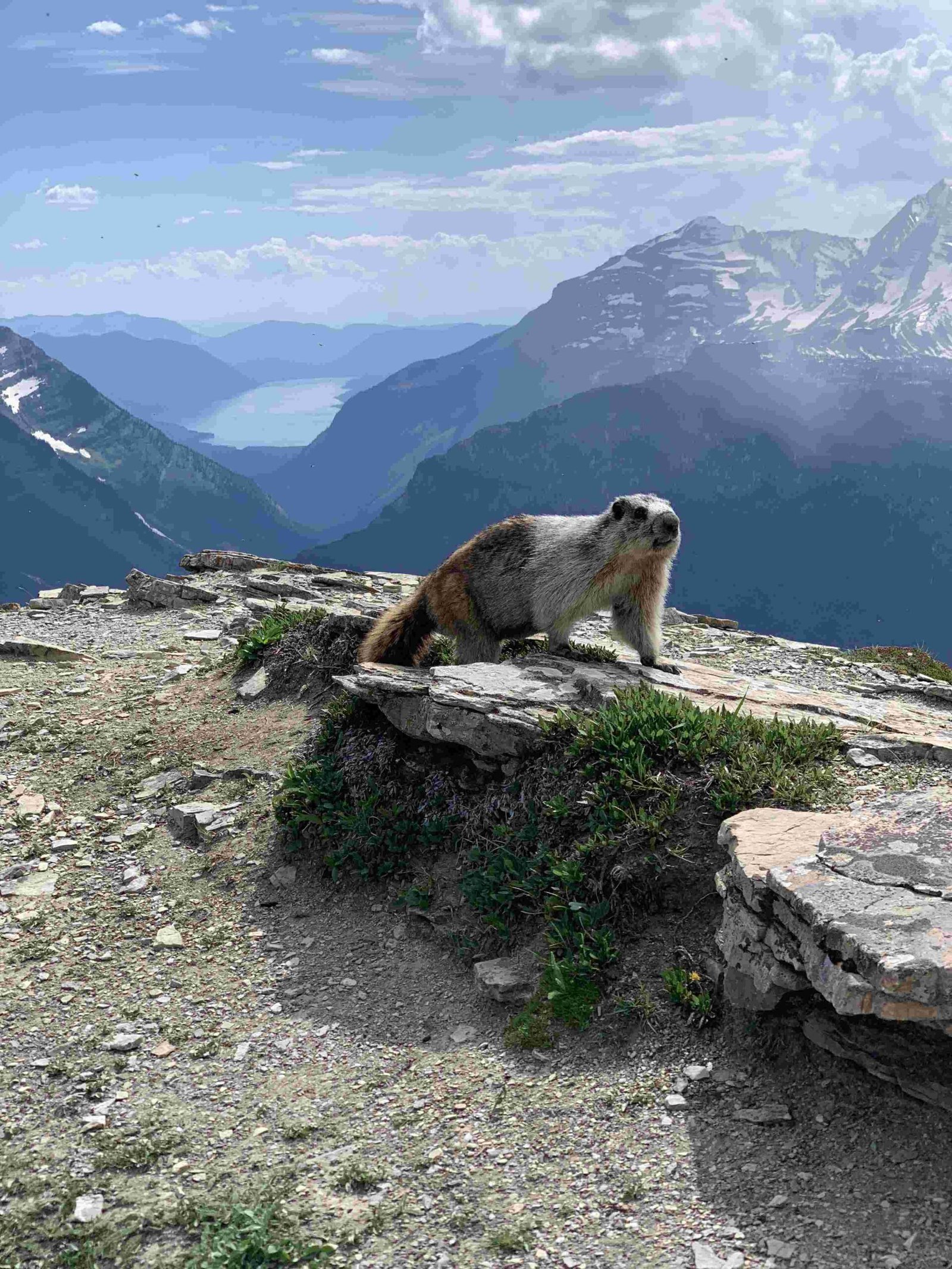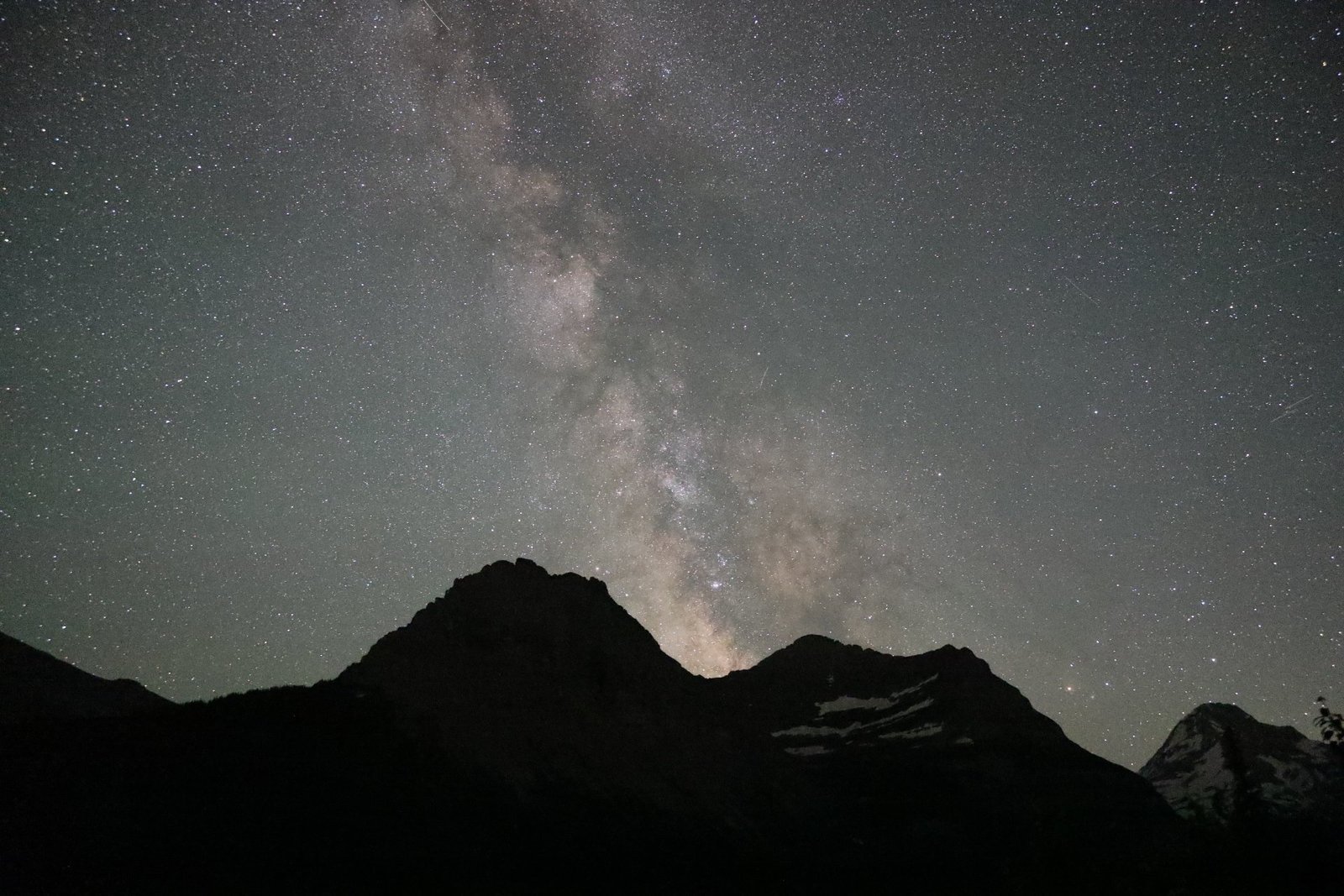Glacier National Park, located in Montana, USA, experiences a highly variable climate influenced by its position across the Continental Divide. The park’s average temperature fluctuates significantly based on elevation and season. At West Glacier (elevation 3,200 feet), the mean annual temperature is around 44°F (6.7°C). Summer highs can reach the mid-80s Fahrenheit (29-30°C), while winter temperatures often drop below freezing. This guide explores the intricacies of Glacier National Park’s average temperatures and their impact on visitor experiences.
What is the Annual Average Temperature in Glacier National Park?

The annual average temperature in Glacier National Park varies considerably depending on elevation. At West Glacier, situated at about 3,200 feet (975 m) above sea level, the mean annual temperature hovers around 44°F (6.7°C). However, this average doesn’t tell the whole story, as temperatures can fluctuate dramatically throughout the year and across different areas of the park.
How Do Temperatures Vary by Season in Glacier National Park?

Spring (April-May)
- April:
- Daytime: Mid-30s to mid-50s Fahrenheit (2-12°C)
- Nighttime: 20s to 30s Fahrenheit (-6 to 2°C)
- May:
- Daytime: Mid-30s to mid-60s Fahrenheit (1-18°C)
- Nighttime: 20s to 40s Fahrenheit (-6 to 4°C)
Spring in Glacier National Park is characterized by unpredictable weather. Snowfall is still common, especially at higher elevations, and temperatures can vary widely from day to day.
Summer (June-August)
- June:
- Highs: Mid-70s Fahrenheit (23-24°C)
- Lows: 40s to 50s Fahrenheit (4-10°C)
- July and August:
- Highs: Mid-80s Fahrenheit (29-30°C)
- Lows: 40s to 50s Fahrenheit (4-10°C)
Summer brings the warmest temperatures to the park, with July typically being the hottest month. However, even during these warm months, nighttime temperatures can drop significantly, especially at higher elevations.
Fall (September-October)
- September:
- Daytime: Mid-50s to mid-70s Fahrenheit (12-23°C)
- Nighttime: 30s to 40s Fahrenheit (0-5°C)
- October:
- Daytime: Mid-40s to mid-60s Fahrenheit (2-12°C)
- Nighttime: 20s to 30s Fahrenheit (-6 to 2°C)
Fall sees a gradual cooling trend, with temperatures becoming more variable. Snow becomes increasingly likely, especially at higher elevations.
Winter (November-March)
Winter temperatures in Glacier National Park can be extreme, with daytime highs often staying below freezing and nighttime lows frequently dropping well below zero Fahrenheit. Specific temperature ranges vary widely depending on elevation and weather patterns.
How Does Elevation Affect Temperatures in Glacier National Park?
Elevation plays a crucial role in determining temperatures within Glacier National Park. As a general rule, temperatures decrease by about 3.5°F for every 1,000 feet of elevation gain (or 6.4°C per 1,000 meters). This means that higher areas of the park, such as Logan Pass (elevation 6,646 feet or 2,026 m), are typically 10-15°F (5.6-8.3°C) cooler than lower areas like West Glacier.
| Elevation | Temperature Difference |
|---|---|
| Sea Level | Baseline |
| 3,200 ft (West Glacier) | -11.2°F (-6.2°C) |
| 6,646 ft (Logan Pass) | -23.3°F (-12.9°C) |
This temperature variation due to elevation has significant implications for visitors, as it means conditions can change dramatically as you move through different areas of the park.
What Impact Do Temperature Variations Have on Visitor Activities?
The wide range of temperatures in Glacier National Park significantly affects visitor activities throughout the year:
- Hiking and Camping:
- Spring and Fall: Unpredictable weather can make hiking challenging. Visitors need to be prepared for sudden temperature drops and potential snow.
- Summer: Ideal for most hiking and camping activities, but visitors should still be prepared for cool nights.
-
Winter: Many trails are inaccessible due to snow, but opportunities for winter sports like cross-country skiing and snowshoeing are abundant.
-
Road Access:
- The famous Going-to-the-Sun Road is typically only fully open from late June or early July to mid-October due to snow at higher elevations.
-
Many other park roads close during winter months.
-
Wildlife Viewing:
- Animal activity patterns change with the seasons, affecting wildlife viewing opportunities.
- Spring and Fall: Good times for spotting animals as they move to different elevations.
-
Summer: Animals may be more active in cooler morning and evening hours.
-
Water Activities:
-
Summer: Warmer temperatures make activities like kayaking and fishing more enjoyable, but water temperatures remain cold year-round.
-
Photography:
- Changing temperatures throughout the year create diverse landscapes, from snow-covered peaks to lush summer greenery.
How Should Visitors Prepare for Glacier National Park’s Temperature Variations?
To make the most of your visit to Glacier National Park, consider the following tips:
- Layer Your Clothing:
- Bring a variety of clothing layers that you can add or remove as temperatures change.
-
Include a waterproof outer layer for unexpected rain or snow.
-
Check Weather Forecasts:
- Regularly check park weather forecasts, especially if planning high-elevation activities.
-
Be prepared for rapid weather changes, particularly in spring and fall.
-
Bring Appropriate Gear:
- Pack gear suitable for a range of temperatures and weather conditions.
-
Include sun protection, as UV exposure increases at higher elevations.
-
Plan Flexible Itineraries:
-
Have backup plans in case weather conditions make certain activities unsafe or inaccessible.
-
Stay Informed:
- Check with park rangers for current conditions and any weather-related advisories.
By understanding and preparing for the average temperatures and their variations in Glacier National Park, visitors can ensure a safe and enjoyable experience in this stunning natural wonderland. Remember that the park’s diverse climate is part of what makes it so unique and beautiful throughout the year.